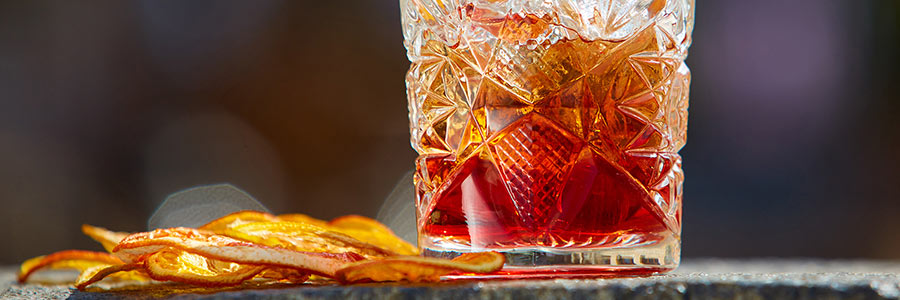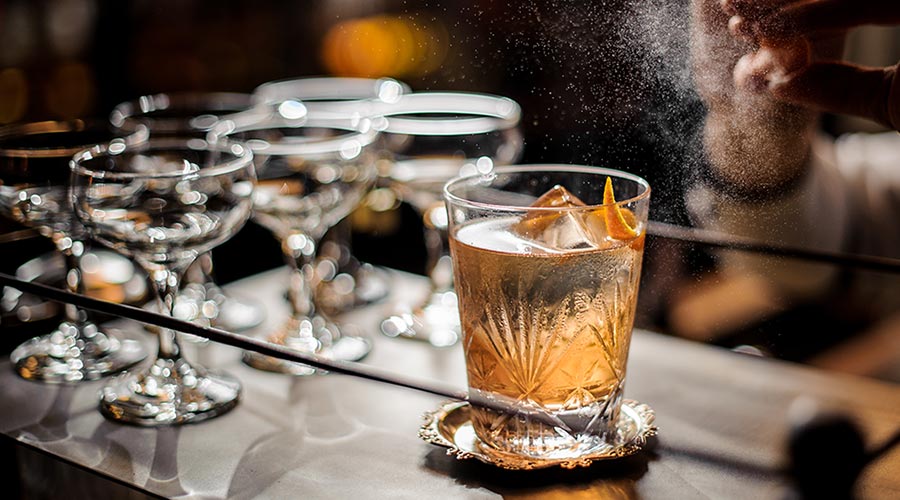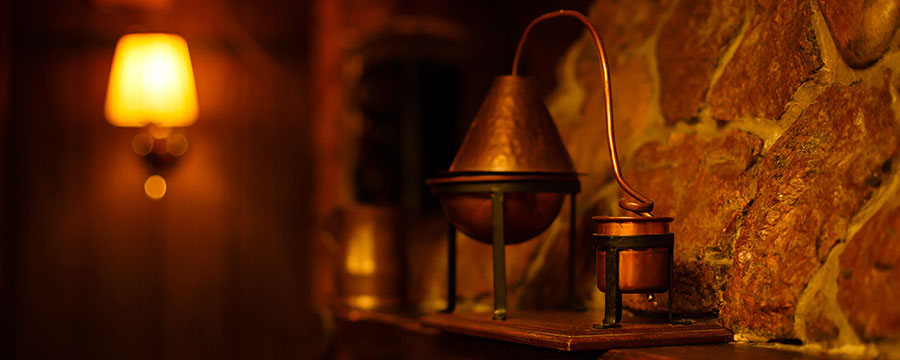The world’s unquenchable thirst for a tipple is leading the alcohol industry to an anticipated retail value of £282 billion by 2023. However, interestingly, it’s not increased consumption, big brands, or grapes and hops that are fuelling this boom. Gin, whiskey and rum are all seeing a revival in orders, sales and investor interest – and we’re here to explain why.
Aperitif – a growing industry
Alcohol has been enjoyed for centuries, celebrating life’s victories, defeats and Friday nights. However, it hasn’t always been a smooth journey for the intoxicant – with prohibitions, negative press, taxes, curfews, smoking bans, restricted advertising and more along the way. Yet, alcohol remains undefeated, with the global market worth $1324.1 billion and expected to grow to $1864.2 by 2026 – a 3.9% CAGR. But, inside these numbers, things are changing. Beer and wine are no longer the drinks of choice. Gin sales have exceeded £2.5 billion, scotch accounts for more than 20% of the UK food and drinks industry and rum sales have topped £1 billion – but why?
Ginaissance – a changing industry
In 2009, HMRC tweaked its policies to allow distilleries under a 1,800-litre capacity to be granted a licence. All of a sudden, glasses were filled with craft beer instead of Fosters, small-batch gin in favour of vodka and premium rum in place of a Merlot. However, it is not just a policy tweak and a 37% jump in UK distilleries that’s fuelling our changing tastes.
Premiumisation
We’re actually drinking less. Global alcohol consumption has been steadily decreasing since the ‘80s as we’re becoming increasingly aware of the health issues associated with alcohol. Drinkers are now mindful about what they’re consuming – opting for superior ingredients, low-calorie options and UK names. Accordingly, consumers are willingly spending more on high-quality spirits from premium brands, rather than spending less on cheap beer, low-quality spirits or unethical global names.
Cocktail culture
Drinking culture has also changed dramatically. Younger drinkers are eager to disassociate themselves from the pub-reveller, larger-lout image that those before them won. Instead, young adults are now going out to drink less but spending more on affluent drinking when they do. This cocktail culture is now worth £500 million and is contributing to spirit sales dramatically. Not only are consumers willing to spend more, but the different flavour combinations and ingredients for both traditional and innovative cocktails are draining spirit bottles and adding to sales.

Experience
This premiumisation of the industry has also seen alcohol become more of an experience than a past time. People are sampling gins at festivals, learning about whiskey on distillery tours, discovering rums in advent calendars, becoming flavour experts at cocktail classes, experimenting in themed pubs and bars – and spending more while they do so. Consumers are also seeking more experience in drinks themselves – opting for different flavours, combinations and tastes. Flavoured gins alone generated sales of £165 million in 2018 – nearly nine times the amount of the previous 12 months - proving the popularity of experimentation.
Shaken, not stirred – the future of the industry
With so much change happening, what does the future hold?
Challenges
As with any industry, and going by alcohol’s rocky past, there are certainly challenges for the industry ahead.
Health concerns
Despite the headlines that red wine is an antioxidant, Guinness is good for your heart and tequila is good for pain, consumers are very aware that alcohol isn’t good for you. We can expect consumption to continue to decline as people take a bigger interest in their health and competition from health drinks continues to increase. However, this presents an opportunity for high-end brands to attract new customers through the promotion of quality ingredients, low-calorie spirits and low alcohol alternatives.
Closing pubs
Pubs are closing at a rate of 18 per week as people choose to stay at home more and drink out less – visiting higher-end venues when they do. This presents a challenge for cheaper, mass-market brands which rely on pub trade, but an opportunity for premium brands to sell both wholesale to exclusive venues and direct-to-consumer for those wanting to recreate the high-end experience at home.
Choice
What was once a small shelf not accessible until midday has turned into multiple aisles dedicated to miniatures, cans, bottles, kegs and magnums. The increase in distilleries has led to an explosion of choice when it comes to drink, making competition fierce. Brands must stand out to be seen.
Opportunities
But it isn’t all bad news. The industry is confidently predicting a continued increase in alcohol sales – so how will brands distinguish themselves and compete?
Export
It’s not just the UK which is partial to a G&T. International audiences are mesmerised by traditional UK brands that encapsulate British tradition and quirks. The UK exports more gin than it does beer – the value of which has doubled since 2010. British brands have an opportunity to capitalise this international audience, increasing reach and boosting sales.
Heritage
Faced with so much choice back in the UK, consumers will increasingly look for brands they can resonate with – presenting a huge opportunity for heritage brands which can sell traditions, memories and a story. We can expect to see traditional names come out of the woodwork and onto the shelves, creating a buzz when they do so.
eCommerce
eCommerce also represents an exciting avenue for the drinks industry. Over the past ten years, the online alcohol industry has grown 20% year-on-year, yet many brands aren’t yet taking advantage. With the opportunity to sell direct-to-consumer, access a wider audience and benefit from the considerable customer numbers on online marketplaces such as Amazon, eCommerce will be pivotal to the growth of the sector.
Rum
Finally, we’ve mentioned it briefly, but rum is positioned to be the next up and coming spirit that’s about to go premium. 80% of 25-34 year olds enjoy rum and the appearance of craft versions on the market demonstrate this increase in popularity – one that is likely to last thanks to the more affordable price tag when compared to aged whiskey.
Whiskey
Speaking of whiskey, the appetite for scotch and bourbon is increasing among millennials as they start to appreciate the time, effort and knowledge that goes into a single measure. As knowledge increases (thanks to distillery tours and advertising), it’s anticipated that sales will mimic, especially for historic brands with deep-rooted traditions.
Digestif – final thoughts
From “investing” your first paycheck in a pint, right up to investing significant sums into drinks businesses, alcohol has always presented an interesting opportunity. With different drinks drifting into fashion, different brands resonating with consumers and different habits changing when and where we drink, alcohol is a robust industry that’s exciting to be a part of – and we’ll raise a glass to that.

